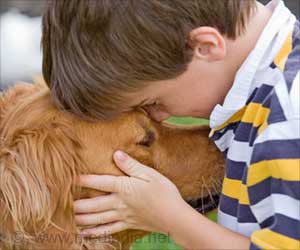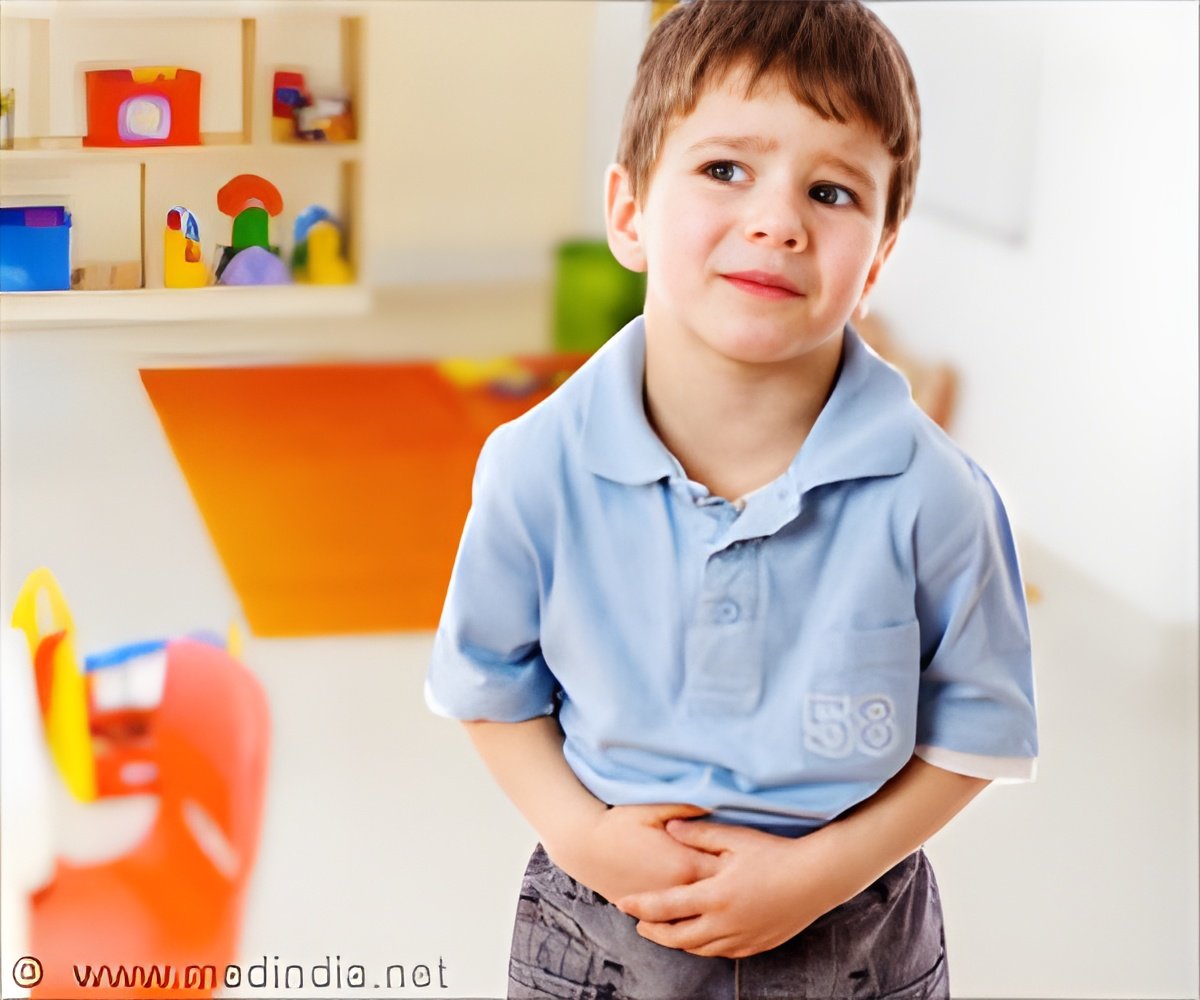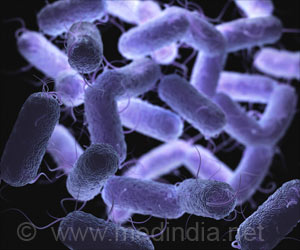As the virus continues to evolve, as a practicing pediatrician, I am seeing 20 to 30 positive kids per week — with symptoms like cough, fever or chills, shortness of breath or difficulty breathing, muscle or body ache, sore throat. These symptoms are very similar to adults and often confused with seasonal flu which used to be very common around this time of the year. But do we realize that all this is an indication of the third wave is not waiting to happen? It is already here. Unlike the first wave, now entire households are becoming infected with the virus and is likely to impact children too.
‘Parents should help children practice wearing masks before returning to school so kids are comfortable wearing them in class. Kids should wash their hands after using the bathroom, sneezing, coughing or blowing their nose, before eating and immediately after coming inside from playing outdoors.’
Can Children Get Covid-19 Infection?
In the first wave, we all said that Covid-19 doesn’t infect children because they have less of ACE2 receptors in their lungs, but this, it is important for parents to know, it is possible for anyone, of any age, to contract Covid-19 — including children. If anyone can predict pandemic, we wouldn’t have had a pandemic. Also pandemic behavior and mutations of the virus is left to anyone’s imagination. Generally speaking pandemics in the past have lasted for close to 2 years before it stops causing agony.
As the cases continue to rise, children with Covid-19 infection may be asymptomatic, mildly symptomatic, moderately sick or severe illness. Asymptomatic children are usually identified while screening. Such children do not require any treatment except monitoring for development of symptoms and subsequent treatment according to assessed severity. In such cases, other than lot of fluids and paracetamol, if they have fever should be the immediate course of remedy. Children with mild disease may present with sore throat, diarrhea, cough with no breathing difficulty.
Few children may have gastrointestinal symptoms like severe stomach pain. Most children i.e. 99 per cent get mild infection and don’t require any treatment. However 1 per cent or even less than 1 per cent of children get serious disease — unlike adults where in 5 to 6 per cent of people are known to get serious disease.
Serious disease in children are generally less common because they don’t have many comorbidities unlike adults like diabetes, COPD, cancer, hypertension, heart disease etc.
Precautions: What should Parents Do?
Infection in kids are generally not common because they have less ACE2 receptors. But it doesn’t mean they won’t get infection. But the kind of infection we are seeing in senior people like gasping for oxygen is unlikely to happen in kids — for various reasons, including less ACE2 receptors in lungs and less morbidity like absence of heart disease, hypertension, obesity etc. However they are known to get multi-system diseases which are still rare.
In April-May 2021, Maharashtra reported nearly 29, 00,000 new cases and 99,000 were children among them belonging to less than 10 years of age, (accounting for 3.5 per cent of total cases).
Gujarat saw a similar trend and many newborns were noted to be affected. What it means is in this second wave we are already seeing newborns and children being affected — and see the first and second wave — we followed exactly 1.5 to 2 months after the USA and UK. In first wave, everyone predicted that we are a country with BCG being given that is why we are not being affected, we got the first wave after 2 months of them. Second wave we were naive when UK and USA were suffering, we got it after 2 months.
Now with vaccinations and other preventive measures, UK and USA have all returning to normal life — why will we have a 3rd wave? This is just “prediction overboard” because we were ridiculed for not predicting the second wave.
Parents need to know that children react to how adults behave — already kids are suffering mental illness because of solitude, anxiety in parents, lack of interaction with other kids, absence of school and so on…. and seeing and hearing deaths…. the last thing we need is creating more anxiety and fear in them to scar them for life. Let us be sensible and get vaccinated — so that the kids won’t get the disease if the adults are protected.
- Always maintain a physical distance and stay home as much as possible, unless going for medical treatment or urgent supplies.
- Wear masks (preferably N95 mask without valve) when you are outside, and make sure the face mask is covering your nose. Children above two years of age can also wear a mask.
- Continually wash hands with soap, or use a 70 per cent sanitizer, making sure the whole surface of the hands is covered.
- Avoid attending public functions, avoid social gatherings, and avoid group play
- Discuss, demonstrate, and reiterate the importance of Covid-19 Appropriate Behavior (CAB) with your children.
When to Get a Test for Your Child?
Always remember — to start with, do not panic. If you have a family member with a Covid-19 positive report, you need to isolate immediately, in a separate room from the rest of the family (if possible). Children should be shifted to a different room or different house (may be of a friend or a relative).
If by any chance, the child develops fever, it is difficult to know the difference between a common cold/fever and Covid-19 without a test. This could also be a signal that every case of fever or cough in your child may or may not-be Covid-19 — especially if a family member is suffering from Covid-19 or has recently recovered from the virus. However a test is mandatory.
Parents or the caretaker should maintain a monitoring chart, including counting of respiratory rates 2-3 times a day, when child is not crying, looking for chest in drawing, any discoloration of body, cold extremities, urine output, oxygen saturation monitoring (hand held pulse oximeter) if feasible, fluid intake, activity level, especially for young children. In a small baby one can use monitors like ‘raybaby’ to monitor baby’s breathing.
When out and about in public, adults and kids should wear a mask that covers both nose and mouth, especially in situations outside the home where physical distance isn’t possible. Parents should help younger children practice wearing masks before returning to school so kids are comfortable wearing them in class. Kids should wash their hands after using the bathroom, sneezing, coughing or blowing their nose, before eating (even snacks) and immediately after coming inside from playing outdoors.
Last but not least, even though there is no evidence that there will be a 3rd wave affecting only children, we should prepare for the worst until this pandemic is over — which will be declared by WHO and no one else. What we need to remember is that the adult population remains at higher risk of moderate to severe disease and children get infected from adults. So preventive measures are the best measures you can take to protect your children but not cause mental stress and anxiety in them.
Source: IANS



